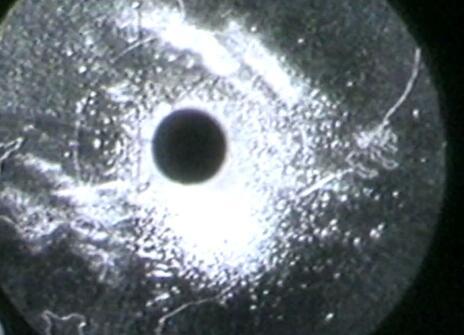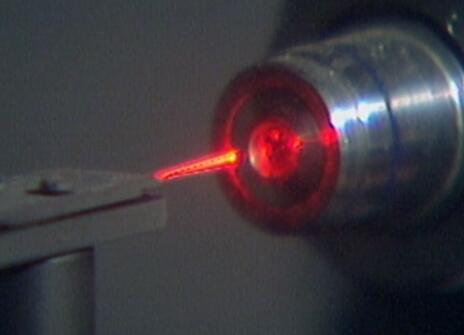Lecture 3 – The bionic bat
From the 1985 lecture programme:
A special branch of communication involves the use of echoes to replace sight when visibility is poor. In echo systems, the transmitter and receiver are side-by-side and signals are reflected back by surrounding objects. The emitted signal is already known but any changes in the returning echoes can be interpreted to determine the position and nature of the reflecting targets. Two well-known examples are radar, using radio waves, and bats which emit high frequency sounds for similar purposes. There are remarkable resemblances between them, even in the variety of ways in which each can work.
We will investigate experimentally the basic principles of a sonar system using sound echoes in air. Progressive improvements to the design will result in high-performance instruments that are nicknamed bionic bats. They will be compared both with examples of real animals and with different kinds of radar and radio telescopes. This highly developed ability of bats accounts in large part for the unusual appearance of many species often thought to be ugly until their adaptations are understood.
Man-made radar and sonar are now used for many different purposes, from astronomy and geography to commercial fisheries, ornithology and clinical medicine. Some outstanding examples will be demonstrated from a variety of such applications.
About the 1985 CHRISTMAS LECTURES
From the 1985 lecture programme:
People communicate all the time. A lecture is one special kind of communication but we communicate with each other in a wide variety of different ways, for otherwise, life itself would be impossible. The basic principles are really quite simple but the details are endless and fascinating. We will explore together the fundamental 'rules of the game’ of communicating and use them to examine a wide range of different examples.
The thread will run from personal exchanges and the rich variety of methods used by animals to modern telecommunications systems. A special branch of the subject is the use of echoes by radar and bats, which show remarkable parallels in their operation. Communication systems also link all parts of the body, coordinating its external actions and its internal maintenance under the ultimate control of the brain. This will lead us finally to computers that mimic many aspects of brain function and now extend our mental abilities enormously. Indeed, we will use computers for many demonstrations throughout the series of lectures.
All these topics will take us from the microscopic scale of silicon chips and nerve membranes to worldwide technology and even deep into space. We shall need to draw upon elements of chemistry, engineering, physics, zoology and many other branches of science for the subject is truly universal in scope.





